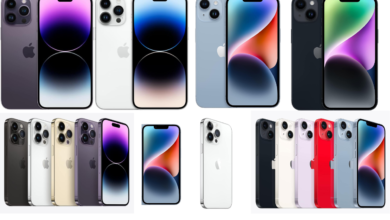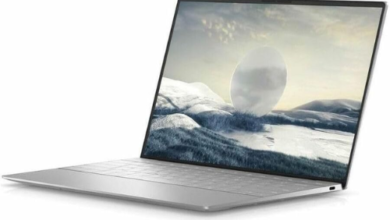How Software Companies Can Use Flutter To Make Better Mobile Apps

Increased App Performance
Flutter outperforms Xamarin or React Native in terms of total app performance, with faster UI and graphics rendering and seamless integration with the OS platform. Flutter’s Dart code, unlike React Native or Xamarin, compiles ahead of time (AOT) to native ARM code without being slowed down by interpreters(mobile app).
Flutter apps load and run rapidly for their users. On devices that support 120Hz updates, the Flutter team promises 60fps or 120fps. The rendering engine Skia draws graphics and animations on the screen in real time. Because they must translate a tree of native controls, technologies like React Native and Xamarin perform slower(mobile app).
Flutter apps offer rich graphics and make rendering anything, including a multimedia-rich user interface, simple (user interface). The need to write platform-specific UI code makes it challenging to construct GUI (graphical user interface)-heavy apps with Xamarin. The Skia engine in Flutter, on the other hand, uses OpenGL, which makes refreshing faster because it uses low-level rendering technology. Flutter suited for apps that require intricate animations, visuals, or even games.
Flutter doesn’t use native components to build UIs; instead, it uses its own set of widgets, allowing developers to create UIs that are free of platform constraints and fully unique. Xamarin and React Native, on the other hand, rely on native components and are consequently limited to platform-specific designs.
It’s also feasible to make native-looking apps with Flutter. Libraries of pre-made widgets for iOS and Android platforms are included in Flutter’s framework, making them appear as though they were produced natively(mobile app).
Another advantage of Flutter’s user interface is that it is more stable than React Native and Xamarin’s. Design elements remain consistent across screen sizes, aspect ratios, and operating systems, and are more likely to display the same on earlier iOS and Android versions.
How does Flutter function?
Flutter, described as a universal declarative UI framework in which the developer describes the UI and the framework updates it at runtime whenever the UI changes (e.g. due to events such as user input).
The framework, engine, and embedder are three layers of separate libraries that make up Flutter’s architecture.
Developers build mobile apps on top of the framework, which is the design layer. The Framework is made up of a number of libraries arranged into layers and written in Dart. The core classes, animation, painting, gestures, rendering layer, widgets layer, and Material and Cupertino libraries are all part of this package.
Moreover..
The engine, which implements the Dart code written in the framework, is at the heart of Flutter. Besides, the engine wraps Dart code in C/C++ and serves as a link to the embedder, which is the final layer. Moreover, the engine is in charge of rendering UI on users’ devices via the Skia engine whenever screens change, and it supports all primitives required for app development.
The embedder layer compiles a Flutter app into native ARM code when it is accessible by an operating system. Furthermore, developers can construct their own platform-specific embedder.
Widgets
Developers use widgets, which are comparable to the widget components found in React, to build Flutter apps under the framework layer. Flutter is a user interface framework that renders an object onto the user’s frame. Widgets are the foundation of Flutter programmes, and developers frequently claim that “everything is a widget” in the framework. Text, a layout design, padding, animations, scrolling, icons, and more are all examples of widgets.
Flutter comes with a library of pre-built widgets that cover the majority of app design scenarios. Developers can create widget.
Developers can, for example, select buttons from the Cupertino collection that have an iOS native-like look and feel — in other words, they’ll appear to be native buttons. They said the same for the Material Design library’s Android-style buttons. Also, if the developer wishes to combine the two styles, it is doable.
In Flutter, there are two sorts of widgets: stateful and stateless. Like icons and text, stateless widgets do not change over time(mobile app).
There are no need interpreters.
When cross-platform frameworks need to produce UI and graphics on a specific operating system, they usually need to employ an abstraction layer that sits on top of the native OS. Flutter, on the other hand, uses its own collection of widgets (written in Dart but turned into native code) to render directly on the platform via the Skia engine, bypassing the operating system’s UI widget libraries. All it needs from the hardware is a blank canvas to draw on.
Flutter’s ability to communicate directly with the machine code allows it to render things extremely quickly. The user’s experience with graphics and multimedia is analogous to that of a gaming. Because Flutter does not need to use a JavaScript bridge, it can communicate directly with the OS in its native language, which reduces loading and rendering times.




